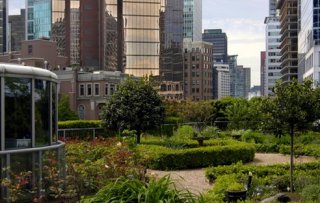The southern Spanish city of Malaga is on a charm offensive. In recent years, the city has prominently positioned itself on the map as a luxury travel destination, competing with popular culinary cities like Bilbao and Valencia. The campaign has proven successful, with tourism in Malaga on the rise. Food Inspiration recently paid a visit, in search of the city’s ‘wow’ factor.
With over 578,000 inhabitants, Malaga is the fifth largest city in Spain and the largest city in Andalusia, with a total of over 1 million people living in the surrounding urban area. For decades, Malaga was known primarily as the gateway for winter visitors to the Costa Del Sol. According to Elena Pávlova, spokesperson for the local tourism office, "Malaga had an image problem for a long time. Some tourists didn't even know that Malaga was a city, they thought it was just the name of the airport. But today, the city has become a tourist attraction."
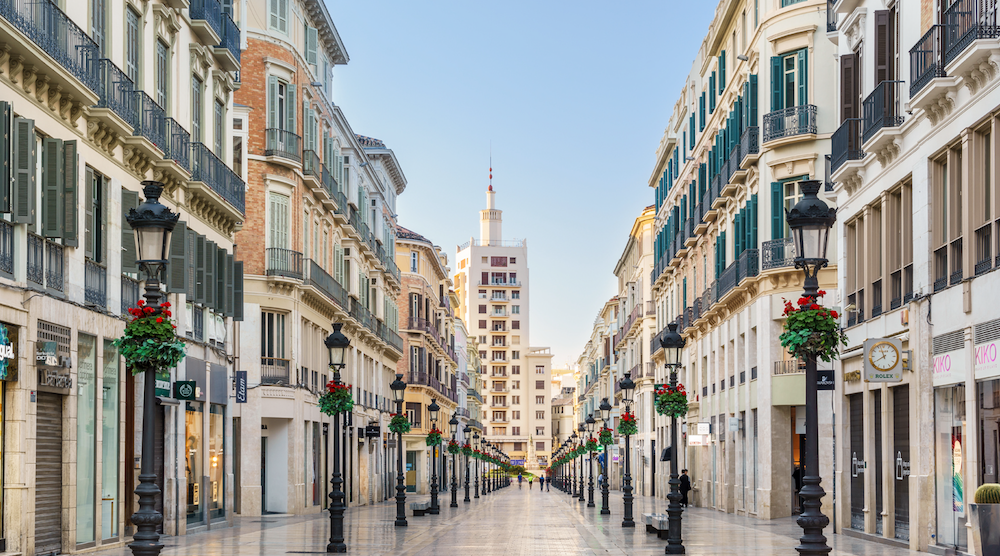
The tourism sector in Malaga is booming
-
Over 1.5 million hotel guests visited Malaga in 2023, which included over 3.3 million overnight stays.
-
Within Spain, Malaga was the destination with the highest growth (+15%) in both the number of hotel guests and overnight stays in 2023.
-
The average hotel occupancy rate in the city increased from 75.8% in 2022, to 81.2% in 2023. This is also higher than 2019 (78.6%).
-
40.3% of hotel guests are from Spain; the remaining 59.7% are international.
-
The main international markets are the UK (15%), Italy (8.9%), Germany (8.6%) and France (7.5%). By 2023, the U.S. has taken over the fifth spot (7.1%) from the Netherlands (6.7%). In the summertime, there is a direct flight between Malaga and New York City.
Sources: Hotel Occupancy Survey and Ministry of Tourism, Culture and Sport
Transformation: focus on luxury travel & culture lovers
Over the past thirty years, Malaga's image has undergone a remarkable transformation from an industrial port with a relatively gray visitor profile to a vibrant cultural destination. Now the city is setting its sights specifically on a new target group: young wealthy couples, aged 25 to 55.
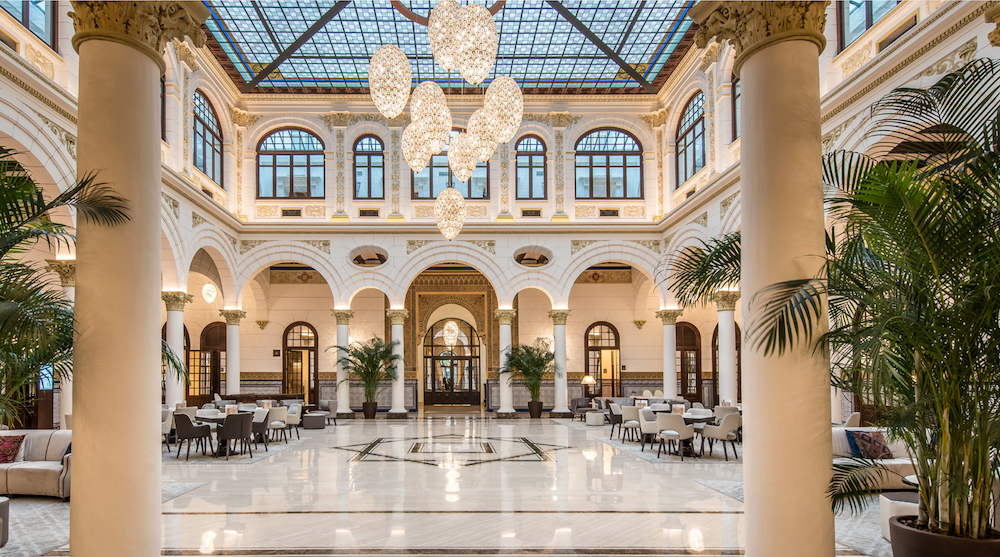
The hospitality sector focuses on the mid- and high-end market. The city has two Michelin starred restaurants. In terms of accommodation, Malaga offers mostly luxury hotels, mainly at the 4-star level. There are four 5-star hotels in the city; two more will be added in 2024.
The Calle Marqués de Larios is one of the most exclusive and expensive shopping streets in Spain. From the historic car-free city center, visitors walk through the city park and promenade to the bustling port area. The port has also been modernized, to become one of the most important cruise ports in southern Europe.
Time line city development
Nineties: from industry to tourism
-
Industrial decline: Like so many Spanish cities in and around the Mediterranean sea, Malaga experienced a decline in industrial activity at the end of the 20th century. As a result, the service sector, which included tourism, became an increasingly important pillar of the local economy.
-
Initial infrastructure development: Significant investment in the city's infrastructure began in the 1990s, aimed at promoting tourism and improving the city's cultural offerings.
00s: cultural renaissance and infrastructure improvement
-
Cultural investments: The early 2000s marked the beginning of a cultural renaissance in Malaga, with the debut of several museums, including the Picasso Museum in 2003. Today, the Picasso Museum is by far the city's best-visited museum, with nearly 780,000 visitors in 2023.
-
Airport expansion: The expansion of Malaga-Costa del Sol Airport and other improvements in transportation infrastructure, including high-speed train connections to Madrid, for example, made the city more accessible to international tourists.
Years 10 to the present: consolidation of tourism and cultural identity
-
Further cultural expansion: The city continued to expand its cultural offerings, including the opening of the Carmen Thyssen Museum in 2011 and the Centre Pompidou Malaga in 2015. Malaga now has as many as 40 different museums, contributing to it's reputation as a cultural center. Many museums also provide free admission on Sundays.
-
Urban renewal: Malaga underwent a number of large-scale urban renewal projects, including the revitalization of the historic center and port area. Much of the city center is car-free. The Muelle Uno (semi-covered pier) redevelopment project transformed the dilapidated port area into a contemporary leisure and shopping complex, with numerous eateries and a modern marina.
-
Largest cruise port: The port of Malaga is one of the most important cruise ports in Spain, with more than half a million passengers annually. In March 2022, the world's largest cruise ship, the Wonder of the Seas, made Malaga its first stop in Europe during its maiden transatlantic voyage.
-
Arrival of tech companies: In 2012, Google opened a large office in Malaga. As a result the city is increasingly profiling itself as a tech hub and is investing heavily in creating an attractive business climate for digital nomads.
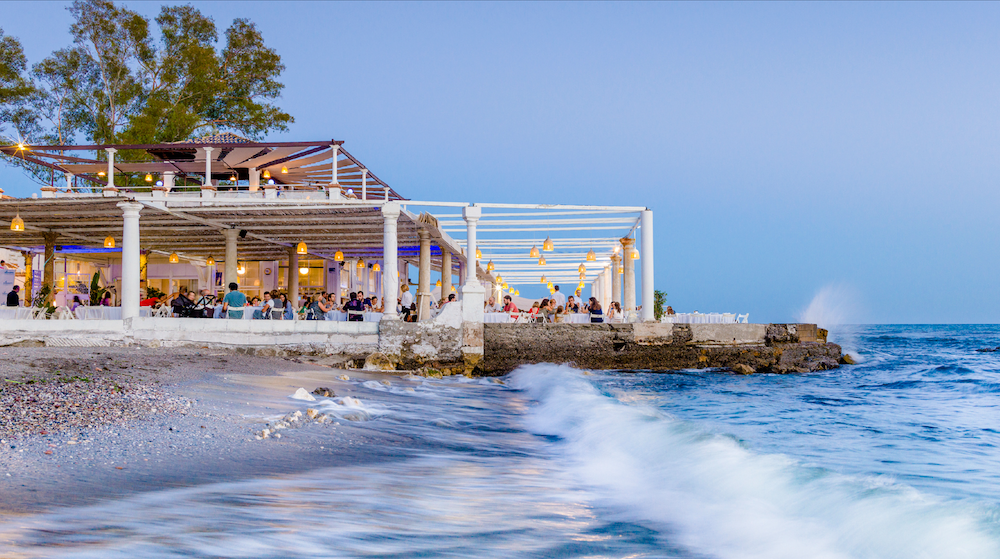
City beaches
In addition to a rich history and cultural profile, the city's appeal is greatly influenced by its location. The coastal city has a Mediterranean climate, but due to its location by the sea, it suffers less from the extreme heat than many other cities in Spain.The city also enjoys mild winters, with temperatures hovering around 20 degrees Celsius. The city's 14 kilometers of coastline are connected by promenades, making them the ideal place to walk, cycle and enjoy the local gastronomy. Along the city beaches there are numerous beach bars and restaurants, which are known for their authentic traditional Malaga cuisine. Offerings include iconic dishes like fried sardines.
Digital nomads: the Google-effect
In addition to tourism, the tech sector is also driving growth in Malaga. The city has made a name for itself by offering an ideal business climate for tech companies and start-ups. Since 2012, Google has been managing its data security activities from Malaga. The arrival of the tech giant has given a huge boost to the real estate sector and employment opportunities. Many well-known international companies have now followed Google.
The Google effect is also visible in the hospitality industry and on the streets. Co-working spots and coffee cafes full of flex workers have become the norm, and the city has embraced this group of digital nomads. Catering to their specific needs is even spearheading the local policy agenda. In early February, Malaga became the first city in Spain to achieve a Digital Nomad Destination certification. Among other things, the audit team assessed the quality and variety of services aimed specifically at this growing demographic. Meanwhile, digital nomads are also driving the city's growth, thanks to their high purchasing power, consumerism and tech skills.
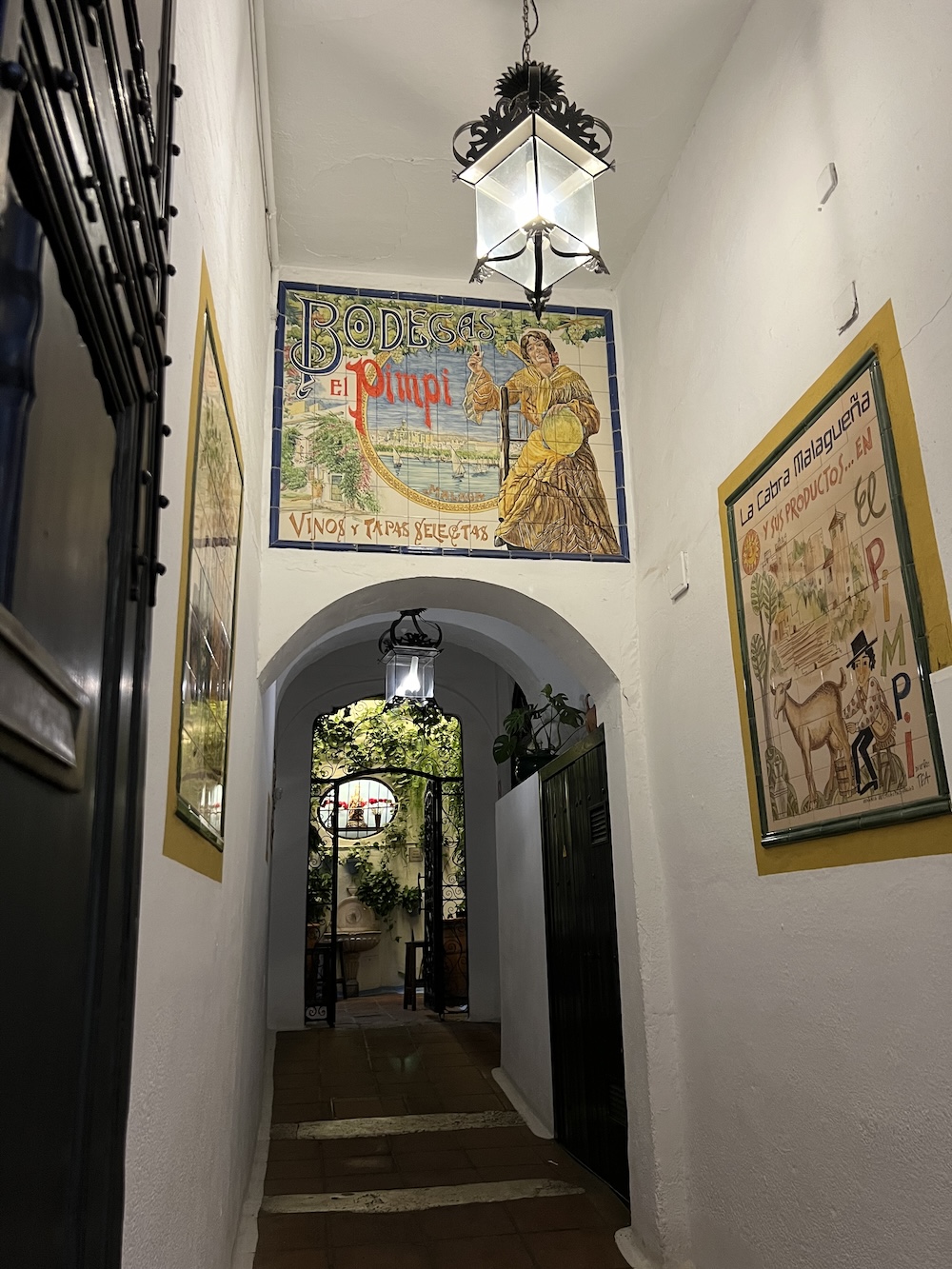
Five Cool Concepts
Atarazanas Market
Atarazanas is the famous indoor market hall of Malaga. The building, and its impressive stained-glass windows, are alone worth the visit. Until the 19th century, this hall served as a shipyard; now there is a wide range of fresh produce on display. Open daily from 8 a.m. to 3 p.m.; closed on Sundays.
Fishing districts Pedregalejo and El Palo
A trip to the old fishing districts on the East side of the city is also worthwhile. Along the boulevard there are many traditional marisquerías, or fish restaurants. Some are no more than a counter, but all offer a taste of local specialties for a more village-like atmosphere than can be found in the city.
Casa Mira
Get in line for the best ice cream in town; Casa Mira has been an institution for more than a century. The enterprise’s fourth generation is now firmly at the helm of the family business, and there are several locations throughout the city. Be sure to try the local specialty: turrón (nougat) ice cream.
Casa de Vinos la Odisea
Malaga produces many fine wines, a tip we procured from a local tour guide. The building that houses Casa de Vinos la Odisea has a rich, 300 year history; the winery serves a modern menu and boasts a terrace with a view of Malaga Park.
‘El Pimpi’ Restaurant and Wine bar
Perhaps Malaga's oldest and best-known tapas bar and bodega. An icon in the cityscape, and located in the middle of the historic center, it overlooks the Teatro Romano and the old fortress. Established in 1971 and popular among local Malagueños, celebrities and tourists.
|
Malaga's city marketing slogan: I feel guilty
Confessions of a city |
.jpg-28x28.jpg) Written by
Written by 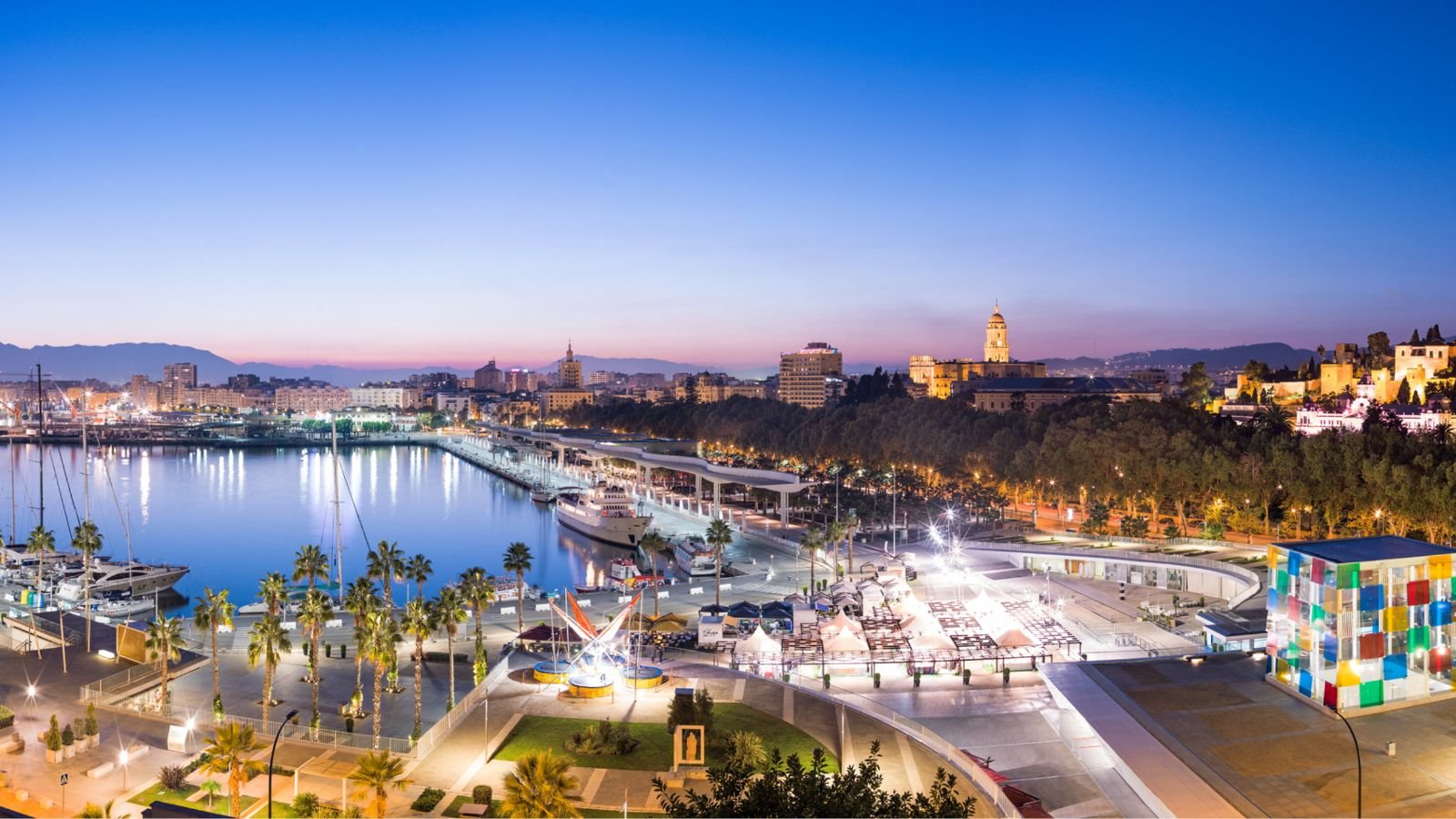
.jpg-300x300.jpg)
.jpg-50x50.jpg)













.jpg-320x203.jpg)






